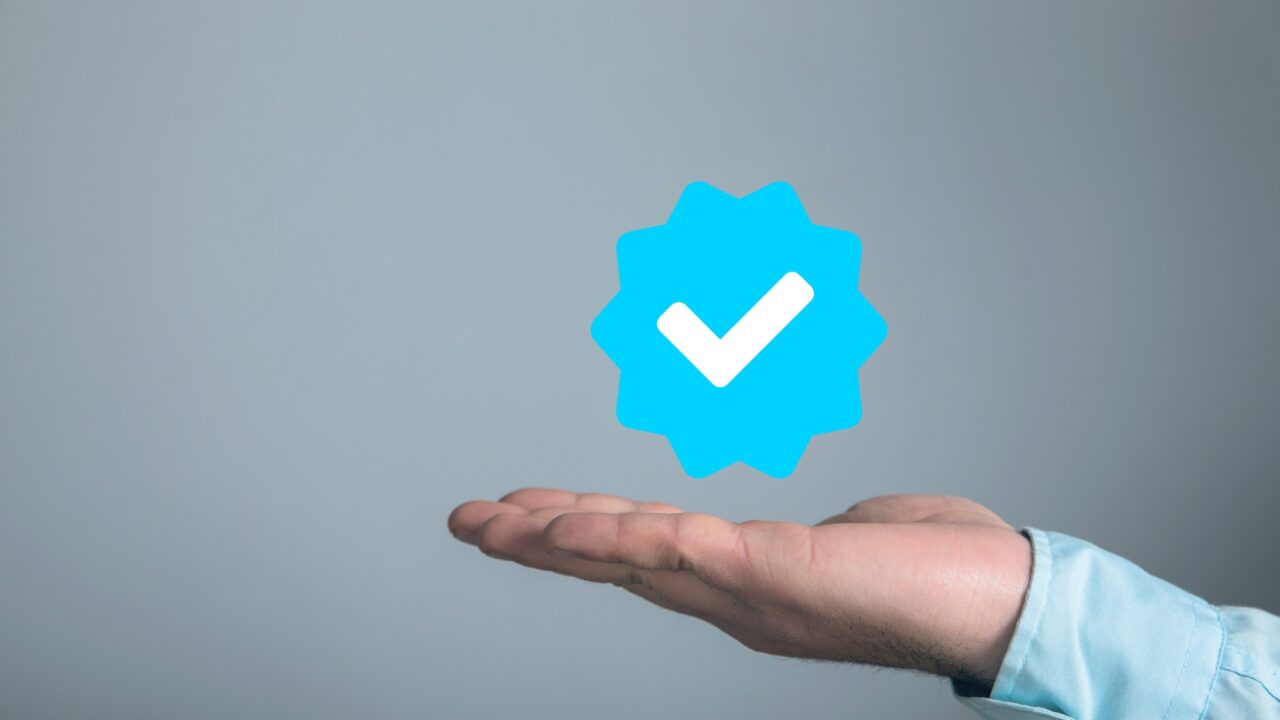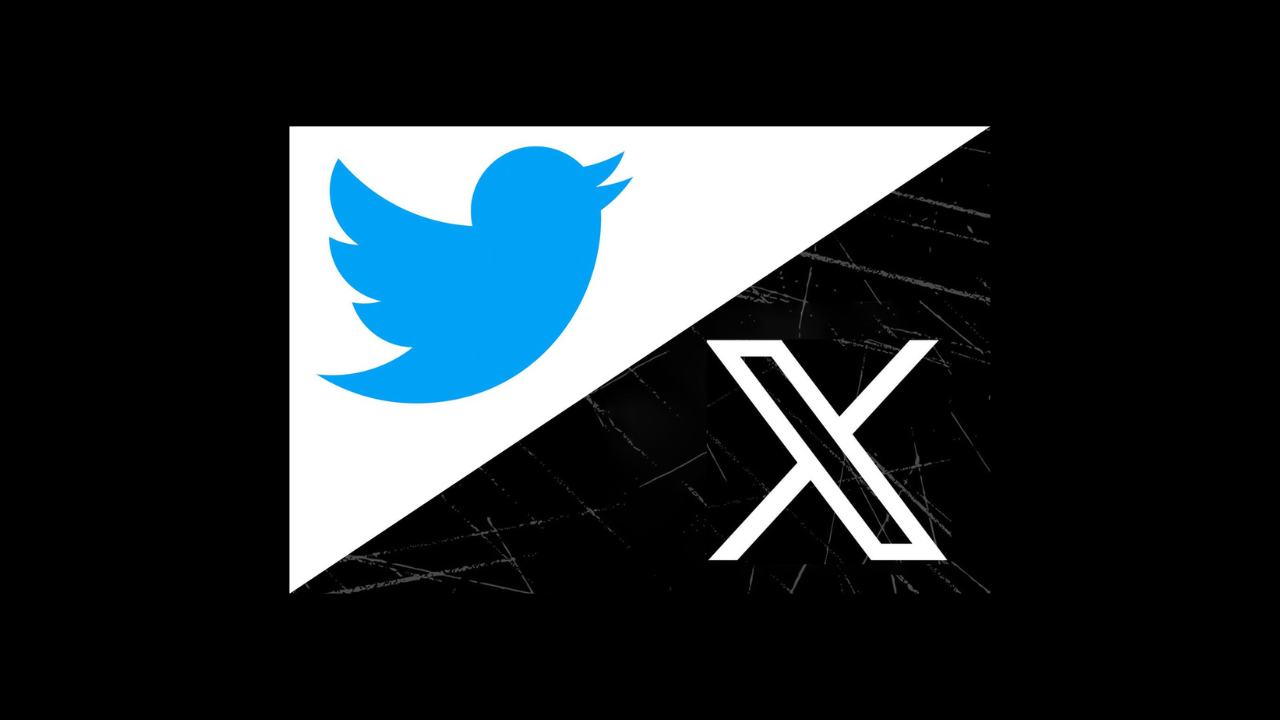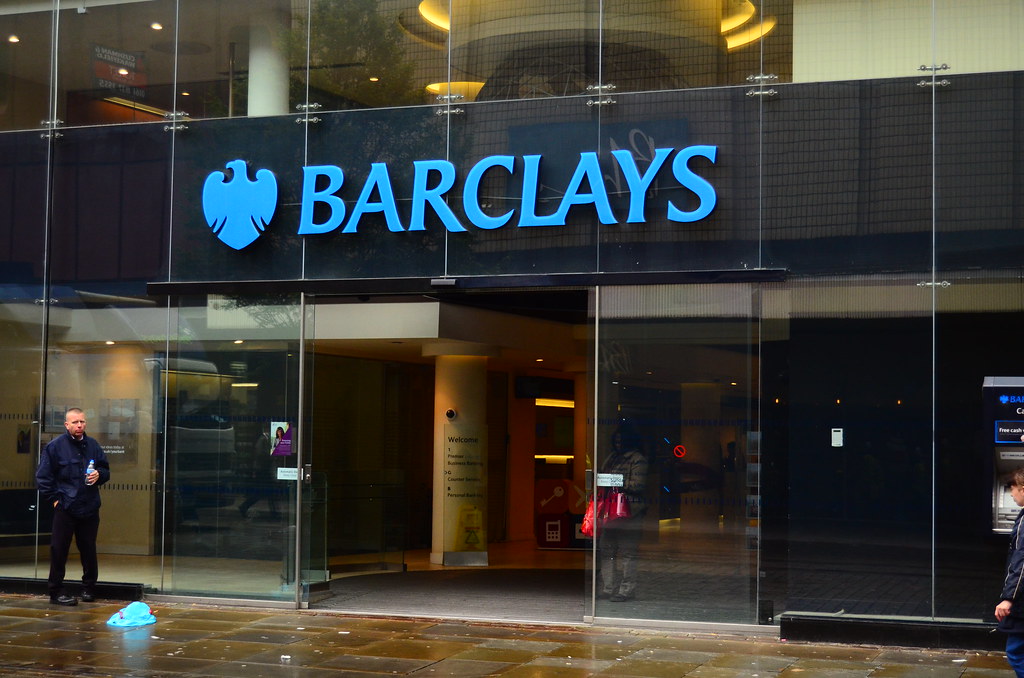Introduction
Twitter is an American communications company that operates worldwide as a microblogging and social networking service. It’s best known for news-breaking tweets from politicians and celebrities, but it provides a platform for millions of users to publish their thoughts, interact, share content, and read breaking news. Twitter has experienced tremendous growth that can be attributed to its modes of operation. The business model of Twitter involves its business plan, revenue model, its competitors, SWOT Analysis, and many more.
![]()
Twitter is now owned by Elon Musk after he completed a $44 billion purchase on 27th October 2022.

Business plan
Most of Twitter’s revenues comes from Advertisements on their platform. Twitter offers 3 kinds of products for advertisers
– Promoted Ads and Twitter Amplify
– Follower Ads
– Twitter Takeovers
Since 2021, Twitter has started allowing their Content Creators to monetize their followings, and a cut of their earnings make it to their revenue. They do this via 3 ways
– Tipping
– Super Followers
– Ticketed Spaces
Then there are commercial entities that pay for the Data that twitter users generate. Developers also pay twitter for utilizing their powerful API libraries for developing their apps and products, and integrating them with twitter.
Twitter has successfully become an integral part of our day-to-day lifestyle in a manner that has created a list of terms and vocabulary that are preferably used in social media as well as daily activities. It is the perfect platform to connect directly with people and allow one to share their opinion and thoughts with a broad audience.
Revenue model
Twitter operates an advertising-based business model. Companies that run this type of business model rely on advertisers who are willing to market their goods and services on the company’s platform for revenue. Twitter has two major sources of revenue, however, the bulk of its revenue comes from its advertisers.
The following are ways through which Twitter makes money:
Sale of Advertising Services: The large user base attracts brands and businesses who want to showcase their goods and services to people around the world. There are different types of ads that can be run on Twitter.
These include:
- Promoted Ads: Promoted ads are ads that appear like normal tweets on a user’s timeline, however, they are labeled as “promoted”. Promoted ads appear on a Twitter user’s timeline depending on the user’s likes, dislikes, and preferences.
- Promoted Accounts: This type of ad can be used by brands or entities to build a community of Twitter users who might show interest in their products or services.
- Promoted Trend Takeovers: On Twitter, trends are a list of the most prevalent topic happening at the moment in a particular location. This list is determined by words and phrases that are mentioned by people in a particular demographic, at a higher rate than others.
The revenue generated from the sale of advertising services is the major way through which Twitter makes money. Although Twitter’s advertising services are often carried out on its platform, some of it might also be done on third-party publisher websites.
Data Licensing Services: Data licensing involves a legal agreement between the creator/owner of the data and the end-user or a third party to gain access to or use some kind of data. More than 400 million tweets are made on the Twitter platform daily.
Twitter sells data licenses that allow its partners to access, search, and analyze real-time and historical data on its platform. With sophisticated data analysis tools, Twitter’s data partners can use the data gotten from Twitter to generate insights about consumer trends and learn how to meet the needs of their customers. Data licensing is the second major way through which Twitter makes its money.
Subscription Service: Also known as Twitter Blue, this is a monthly subscription service that offers exclusive access to premium features. Features of the Twitter Blue subscription include custom app icons, themes, custom navigation, thread reader, top articles, and the ability to undo tweets and bookmark folders.
X Blue (formerly Twitter Blue) first launched in 2021 as a subscription service offering enhanced features like undoing a tweet and saving bookmarks to folders.
Competitors
These are some of the companies which provide as a competitors for Twitter:
SWOT Analysis
Twitter’s Strengths
- Highly Influential: Twitter’s hashtags are the most influential and impactful features offered by any social media platform. Hashtags can mobilize communities, overthrow governments, and address injustices.
- Loyal Customer Base: With 166 million daily active users in quarter 1, 2020. The most loyal customers will never exchange Twitter with any other platform come rain or shine.
- Strong Market Share: Twitter is one of the biggest micro-blogging and social media platforms in the world in terms of market share. Twitter is a force to reckon with and can leverage its position to advance its interests.
- Popular for News and Marketing: Twitter has transformed into an official communication channel. Information is conveyed quickly and easily as a simple tweet.
- Stable Financial Position: Twitter’s financial position has stabilized as the company attained maturity.
- Broad Product Portfolio: Twitter has made several strategic acquisitions. These companies have enhanced twitter capabilities to serve its customer base.
Some of its biggest acquisitions are as follows:
Periscope
Magic Pony
Gnip
MoPub
Lightwell
TellApart
TweetDeck
TapCommerce
- Innovative and fun features: From trending topics to hashtags and retweets, Twitter offers the most innovative and useful features. These features not only convey the latest information but also allow users to respond and convey their thoughts.
- Brand and Name Recognition: Twitter has a perfect name; it is memorable and conveys perfectly what the company does. Just from the name Twitter, consumers know what it is and what it does.
Twitter’s Weaknesses
Algorithm: Twitter has been struggling to fine-tune its algorithm to satisfy its users. Users have been dissatisfied with Twitter’s search functionality, timeline, irrelevant/fake tweets, and harassment/ abuse.
Over-reliance on US Market: Even though Twitter engages globally, it relies heavily on the US market.
Over-dependence on Ads: If we look at Twitter’s business model, a large portion of Twitter’s revenues come from advertisements.
Lack of Diversification: Twitter has put all its resources, aspiration, and future in social media networking. Twitter solely relies on its social media platform and doesn’t diversify.
Burdening Operational Costs: To satisfy the growing number of users, Twitter invests more in the expansion of data centers. All these spending and investments lead to an increase in operational costs, which threatens profitability in the long run.
Data Safety Concerns: Twitter mishaps in the protection of users’ data led to breaches and leakage of users’ private information.
Twitter’s Opportunities
Online Store: Businesses are already marketing their products on twitter. It would be a great value add to offer virtual stores or marketplace to sell directly to users like Instagram.
Feature Enhancement: Instead of one-size-fits-all platforms, Twitter can offer personalized offerings to entice different generations and businesses.
Offer Remote Working Solutions: These uncertain times have prompted companies to adopt remote working solutions like Zoom and Microsoft Teams. Twitter has the infrastructure, know-how, and resources to offer remote working solutions and tap into the demand from users to work from home.
Enter into Music or Video Streaming Services: With vast financial resources at its disposal, Twitter can enter into lucrative markets through the acquisition of medium companies operating in the market.
Increase User Satisfaction: Twitter can keep its users satisfied by taking actions in the following areas:
- Reduce abuse/ harassment
- Combat fake news/misinformation
- Protect the integrity of election-related conversations
Focus on Mobile-Based Ads: More consumers access Twitter using mobile devices. To increase ad revenues, Twitter should focus on mobile-friendly ads, especially with the expansion of its user base in the emerging markets.
Twitter’s Threats
Stiff Competition: From old competitors like Facebook, Snapchat to new social media platforms like TikTok, strong competitors can steal users from Twitter. This a serious threat since the increase in the number of users in the next five years is projected to be very slim.
Suppression of Freedom of Speech: Authoritarian and military governments, as well as dictators, hate any tool that can be used by the masses to overthrow them from power and can impose a total ban on Twitter.
Investors’ Pressure: Currently, Elliott Management Corp, Twitter’s biggest investor, is pushing for the removal of Founder/CEO Jack Dorsey. Friction and conflict between investors and management are always bad for business.
Conclusion
X is a social media company providing a platform for users to interact in real time. Twitter, Inc. was initially a social media company. It operated the social networking service Twitter and previously the Vine app and Periscope livestreaming service.




